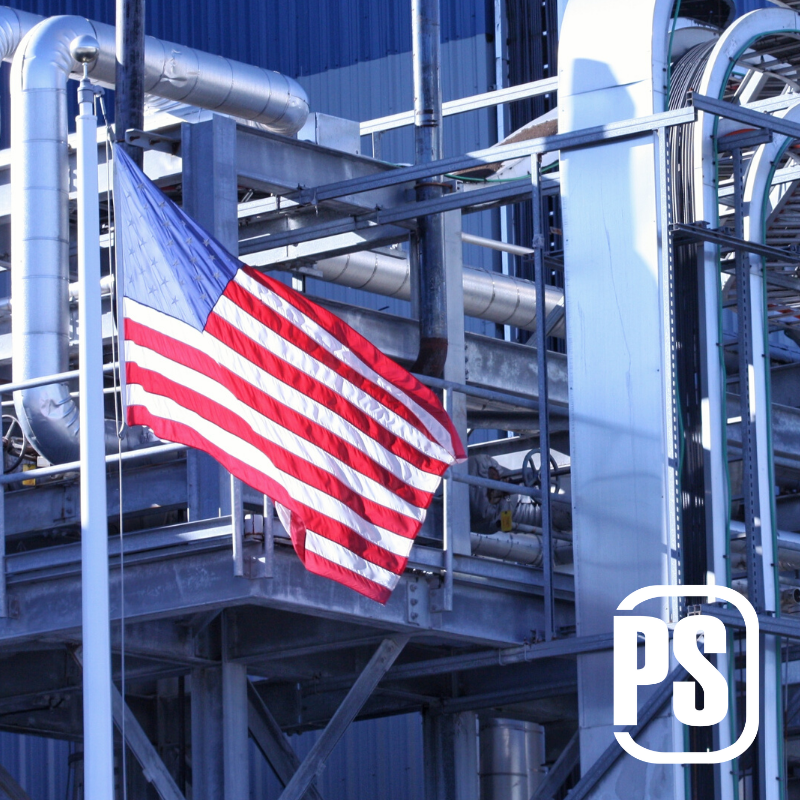 A bright sunny day for you may be a disaster in the making for your VFDs. Air conditioning systems are installed to ensure that machinery such as drives, panels, etc. run within the optimum temperature range. But if the temperature surpasses expected levels, things can go wrong very quickly. Heat dissipation is often overlooked in the case of VFDs or AC drives, leading to devastating downtime. Keeping into account a few factors can greatly help keeping the energy dissipation in check, and reduce the risks of unexpected shutdowns.
A bright sunny day for you may be a disaster in the making for your VFDs. Air conditioning systems are installed to ensure that machinery such as drives, panels, etc. run within the optimum temperature range. But if the temperature surpasses expected levels, things can go wrong very quickly. Heat dissipation is often overlooked in the case of VFDs or AC drives, leading to devastating downtime. Keeping into account a few factors can greatly help keeping the energy dissipation in check, and reduce the risks of unexpected shutdowns.
Drive Efficiency
Most VFDs have a high efficiency, usually resting within a range of 93 – 98 percent, with the remaining energy being lost in the form of heat. The power dissipated in such forms can be easily calculated by subtracting the efficiency from 100%, and multiplying the remaining portion with the power consumption of the VFD.
For instance, if a 95% efficient, 100 HP drive is operating, it would be giving off heat worth:
(100%-95%)x100HP = 5HP
Converted back to watts, 5HP would be equivalent to 3729 watts. But one prerequisite for making such a calculation is knowing the exact efficiency of the VFD, which should be confirmed from the vendor.
Room for Other Losses
Ancillary equipment such as DC reactors, power supplies, switch gear, phase shifting transformers, etc. produce thermal losses of their own. Unless they are too minuscule to count, these losses must also be added when calculating the total heat load. A transformer for instance can add almost 4% to the power consumption. The exact figures would depend on the information taken from the vendor, and should be timely obtained.
Operating Temperature
Drive manufacturers often specify a maximum temperature threshold for their devices, after which they would become prone to failures. In a few cases, this threshold is relatively low as it takes into account the heating effect of power-electronics component on the circuit boards.
A good rule of thumb is designing the enclosure cooling to maintain a temperature below 20 degrees Fahrenheit. Doing so would promote longevity in operation, and minimize chances of overheating.
Total Heat Load
The total heat load dissipated is calculated by adding up all the individual heat dissipations of each equipment. The equation also needs to account the heat transfer through the enclosure walls due to ambient temperature, nearby heat sources, radiation, etc. An easy way to make accurate calculation in this regard is using the following online heat load calculator.
Cooling Systems
Considering that the ambient temperature is lower than the enclosure temperature, a filtered fan package can be used to provide heat removing capabilities to the enclosure. Otherwise, in case of a sealed enclosure, an air-to-air heat exchanger solution can also be used.
But, if the ambient air temperature exceeds the required enclosure temperature, then an air conditioner based solution has to be installed. Doing so would be expensive, but would bring a lot of benefits due to the sealed nature such as elimination of dust, dirt and other pollutants. On top of this, it would keep the humidity requirements in check, which is a major cause of disruption in operations.
Interested in learning more? Contact an expert, or visit our website: PanelShop.com.






